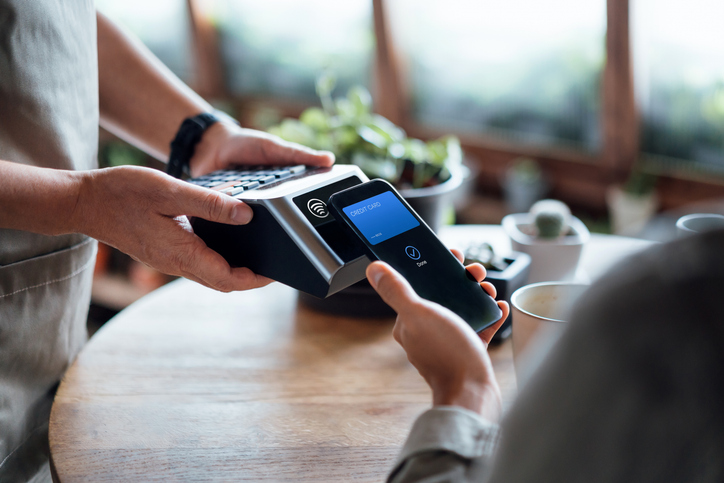In today’s fast-paced retail environment, staying ahead of the curve with payment technologies is crucial for businesses looking to enhance customer experience and streamline operations. As we navigate through 2025, several emerging payment technologies are set to revolutionize the retail landscape. Here, we explore some of the most promising innovations and how they can benefit both retailers and consumers.
1. Contactless Payments
Contactless payments have gained significant traction in recent years, driven by the need for faster and more hygienic transaction methods. Utilizing Near Field Communication (NFC) technology, contactless payments allow customers to simply tap their card or mobile device to complete a purchase. This not only speeds up the checkout process but also reduces physical contact, enhancing safety and convenience.
2. Mobile Wallets
Mobile wallets, such as Apple Pay, Google Pay, and Samsung Pay, are becoming increasingly popular among consumers. These digital wallets store payment information securely on a smartphone, enabling users to make purchases with a simple tap or scan. Retailers who adopt mobile wallet technology can offer a seamless and secure payment experience, attracting tech-savvy customers and fostering loyalty.
3. Biometric Authentication
Biometric authentication, including fingerprint scanning, facial recognition, and voice recognition, is emerging as a secure and convenient method for verifying transactions. By leveraging unique biological traits, biometric authentication reduces the risk of fraud and enhances the overall security of payment processes. Retailers can integrate biometric systems at checkout counters or through mobile apps to provide customers with a frictionless and secure shopping experience.
4. Cryptocurrency Payments
Cryptocurrencies, such as Bitcoin and Ethereum, are gaining acceptance as legitimate payment methods in the retail sector. By accepting cryptocurrency payments, retailers can tap into a growing market of digital currency users and offer an alternative payment option. This can also attract international customers, as cryptocurrencies provide a borderless and efficient means of transaction. Note that cryptocurrencies do pose some risks. They are highly volatile, which can lead to significant fluctuations in value. Additionally, the regulatory environment for cryptocurrencies is still evolving, which can create legal and compliance challenges for retailers.
5. Buy Now, Pay Later (BNPL) Services
Buy Now, Pay Later (BNPL) services, like Afterpay and Klarna, are transforming the way consumers approach purchasing. These services allow customers to split their payments into manageable installments, often with little to no interest. Retailers who offer BNPL options can increase sales by making high-ticket items more accessible and appealing to budget-conscious shoppers.
6. Artificial Intelligence (AI) and Machine Learning
AI and machine learning are playing a pivotal role in enhancing payment technologies. From fraud detection to personalized payment experiences, AI-driven solutions are helping retailers optimize their payment processes. By analyzing transaction data, AI can identify patterns and anomalies, providing real-time insights and improving security measures.
Conclusion
As the retail industry continues to evolve, embracing emerging payment technologies is essential for staying competitive and meeting customer expectations. While these innovations offer numerous benefits, it’s important for retailers to carefully evaluate and implement the right solutions for their business needs. Community banks like American National Bank can provide valuable guidance and support in navigating these technological advancements, ensuring that retailers are well-equipped to thrive in the digital age. By staying informed and adaptable, retailers can leverage these emerging payment technologies to enhance customer satisfaction, drive sales, and secure their place in the future of retail.



